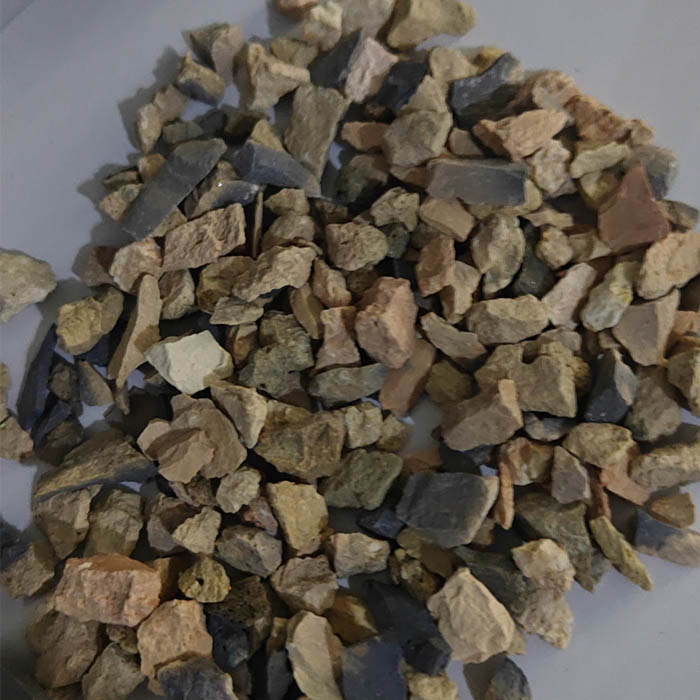Aug . 12, 2024 06:10 Back to list
Exploring the Benefits and Applications of Molecular Sieve Adsorbents in Various Industries
Molecular Sieve Adsorbent An Overview
Molecular sieves are highly porous materials with uniform pore sizes that allow them to selectively adsorb small molecules while excluding larger ones. They are a type of adsorbent that play a crucial role in various industrial and environmental applications, ranging from gas separation processes to water purification. This article aims to explore the properties, types, mechanisms, and applications of molecular sieve adsorbents.
Properties of Molecular Sieves
The primary characteristic of molecular sieves is their highly ordered microporous structure, which typically has pore sizes ranging from 2 to 10 angstroms. This precise pore dimension enables them to act as molecular filters, preferentially trapping molecules based on size and shape. Additionally, molecular sieves exhibit a high surface area and a high adsorption capacity, which enhances their efficiency in capturing target molecules.
These materials are typically made from zeolites—a class of aluminosilicate minerals that possess distinct crystallographic structures. Other forms of molecular sieves include activated carbon, silica gel, and synthetic polymers. The high thermal stability and chemical resistance of zeolites make them particularly advantageous in high-temperature and corrosive environments.
Types of Molecular Sieves
Molecular sieves are categorized based on their pore sizes and the chemical composition of their framework. The most common types include
1. Zeolite Molecular Sieves These naturally occurring and synthetic minerals are characterized by their crystalline structure. Zeolites such as 3A, 4A, and 5A are frequently used, each varying in their specific pore size and chemical characteristics.
2. Silica Gel Often used for drying applications, silica gel has a high surface area and can adsorb moisture from the air, making it an effective desiccant.
3. Activated Carbon Known for its adsorption capabilities, activated carbon can trap a wide range of molecules, including organic compounds and gases, making it versatile for air and water purification.
4. Polymeric Molecular Sieves These are synthetic materials made from polymers that exhibit selective adsorption properties, useful in specific gas separation applications.
molecular sieve adsorbent

Mechanism of Adsorption
The adsorption process in molecular sieves primarily involves physical interactions, such as van der Waals forces, and sometimes chemical interactions for specific applications. When a gas mixture comes into contact with a molecular sieve, smaller molecules penetrate the pores and are trapped within, while larger molecules remain outside. This sieving effect allows for the separation of gases, such as nitrogen from oxygen, or moisture from air in air-drying applications.
It is essential to note that the efficiency of molecular sieves is influenced by factors such as temperature, pressure, and the presence of competing adsorbates. Understanding these parameters is crucial for optimizing the performance of molecular sieve adsorbents in practical applications.
Applications of Molecular Sieves
Molecular sieves find application across many industries
1. Gas Separation In the petrochemical industry, molecular sieves are used to separate hydrocarbons, improving the yield of valuable products.
2. Desiccation In packaging and storage, molecular sieves like silica gel prevent moisture damage to products such as electronics and pharmaceuticals.
3. Air Purification Activated carbon and zeolites are instrumental in purifying air by adsorbing volatile organic compounds (VOCs) and other pollutants, thus contributing to cleaner indoor environments.
4. Water Treatment In environmental applications, molecular sieves effectively remove contaminants from wastewater, ensuring cleaner discharge and compliance with environmental regulations.
In conclusion, molecular sieve adsorbents are vital materials that enhance operational efficiencies in various sectors through their unique properties and mechanisms. Their ability to selectively filter and adsorb specific molecules makes them invaluable in processes related to gas separation, air and water purification, and much more. As research continues to advance, the development of new types of molecular sieves promises to broaden their applicability and improve sustainability efforts in industry and environmental management.
-
High-Performance Tundish Dry Vibrator for Steel Casting
NewsJul.25,2025
-
Top Carbon Petroleum Coke Exporters – Reliable Manufacturer & Supplier
NewsJul.24,2025
-
Environmentally Friendly Granule Covering Agent for Sustainable Solutions
NewsJul.23,2025
-
High-Performance Tundish Dry Vibrator for Continuous Casting
NewsJul.22,2025
-
First Bauxite Exporters | Top-Quality Global Supply
NewsJul.22,2025
-
```text High-Performance Insulation Cup Materials Exporters | Quality
NewsJul.21,2025
